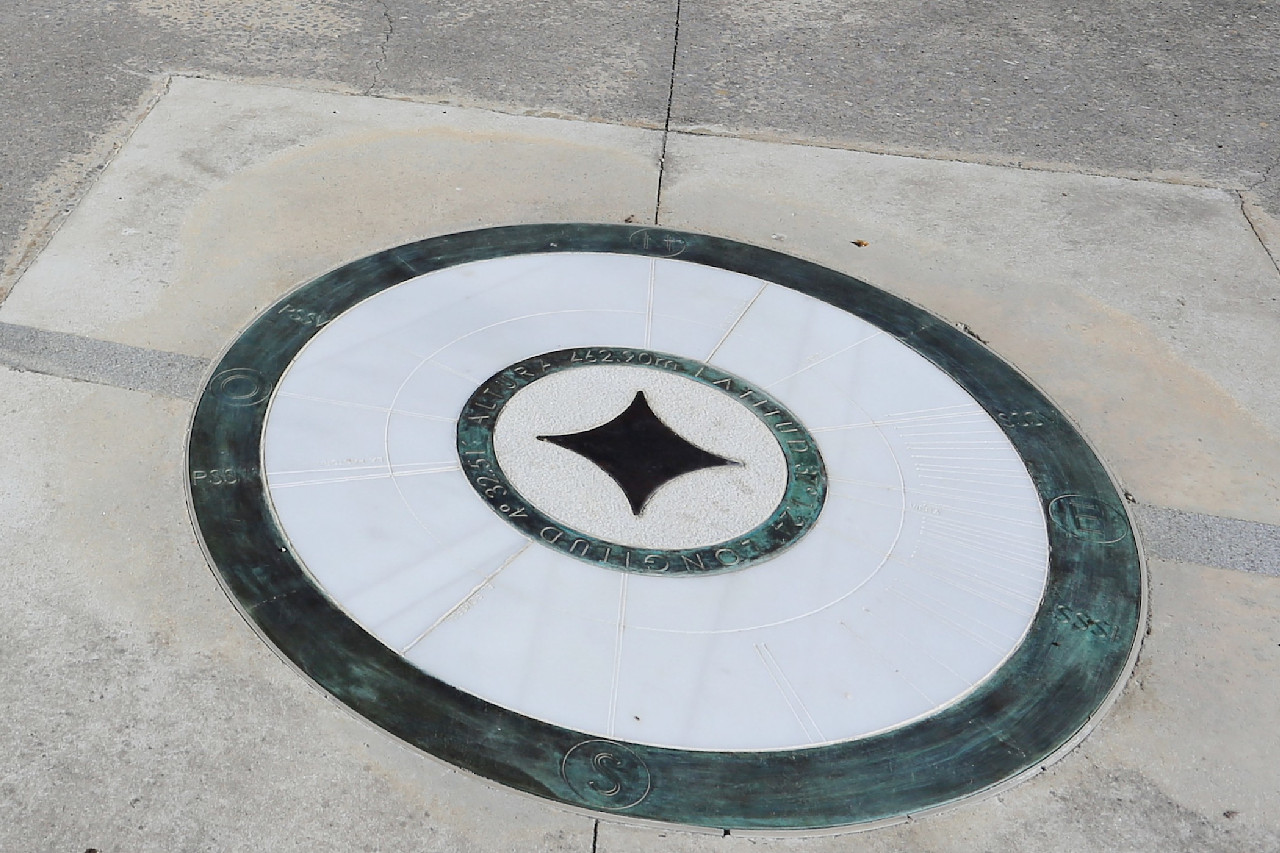Antequera. Sundials by Michael Hoskin (Centro Solar Michael Hoskin)
In the Dolmen Park, to the left of the entrance, there is a small semicircular square with a sundial. This object is named after Professor Michael Hoskin of the University of Cambridge (Centro Solar Michael Hoskin).
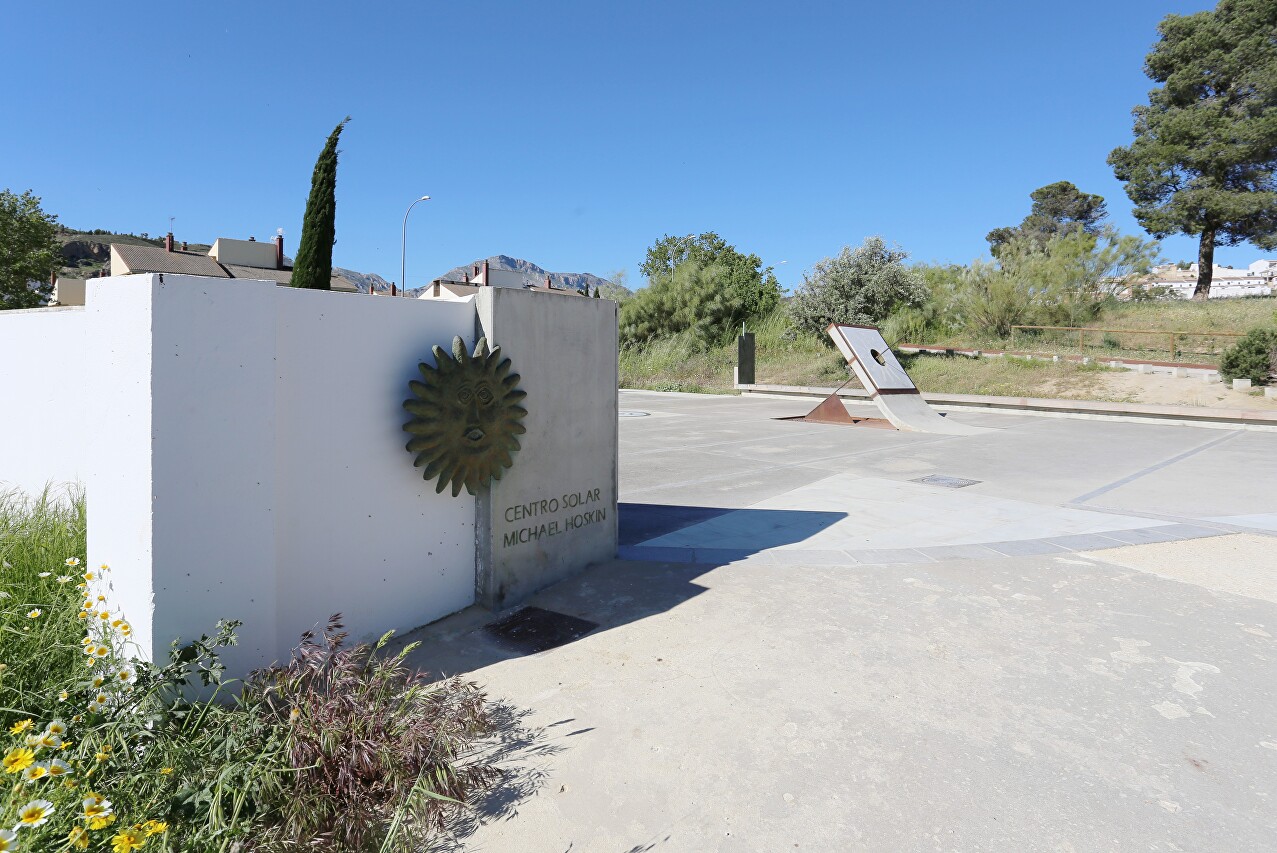
Hoskin studied more than three thousand ancient megalithic structures and for the first time linked their orientation with the location of the stars in the sky, confirming the assumption that ancient people knew the basics of astronomy. The result of his research was a new branch of science, called achreoastronomy.
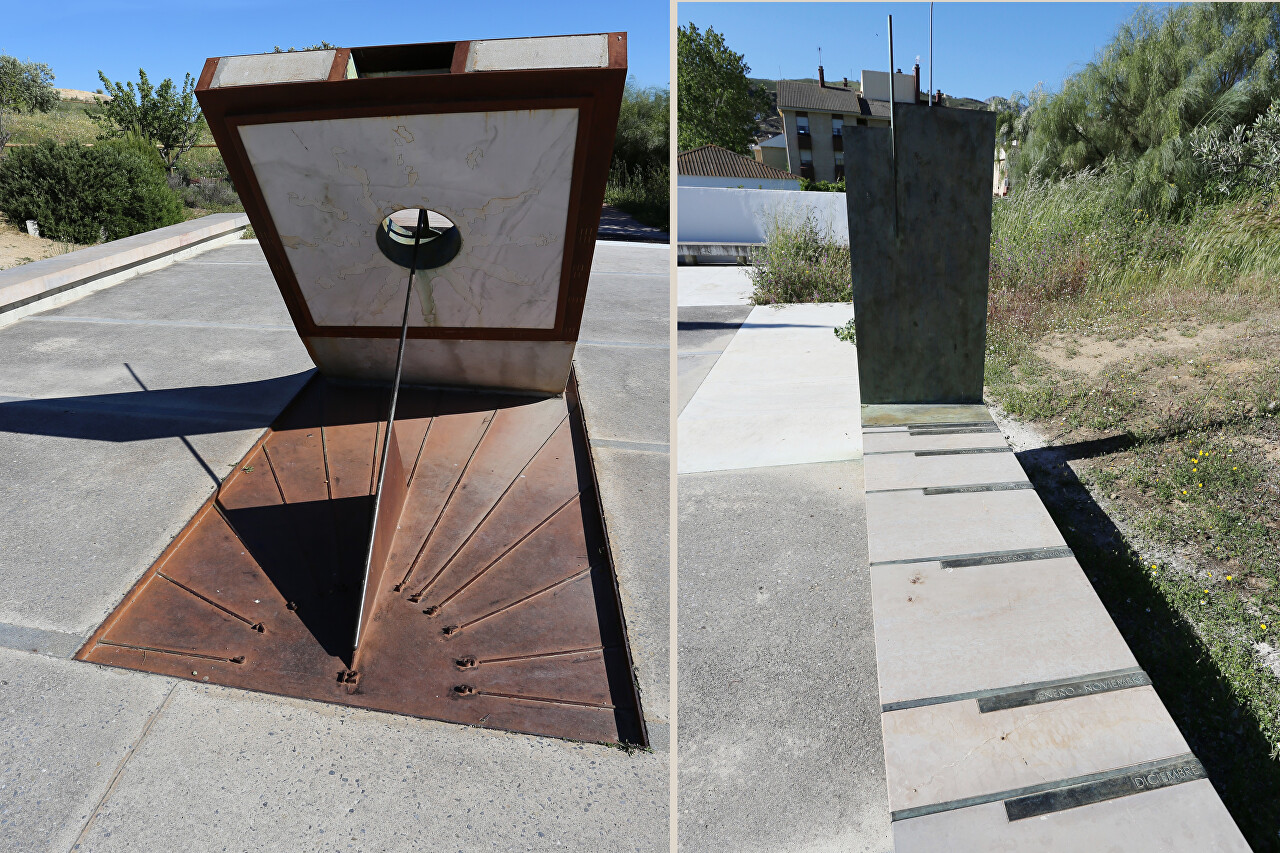
Hoskin also found that one of the Antequera dolmens, called Menga, is the only exception to his theory: its entrance is oriented not to the sunrise points, but to the huge rock of Lovers (La Peña de los Enamorados), which dominates the entire Antequera region.
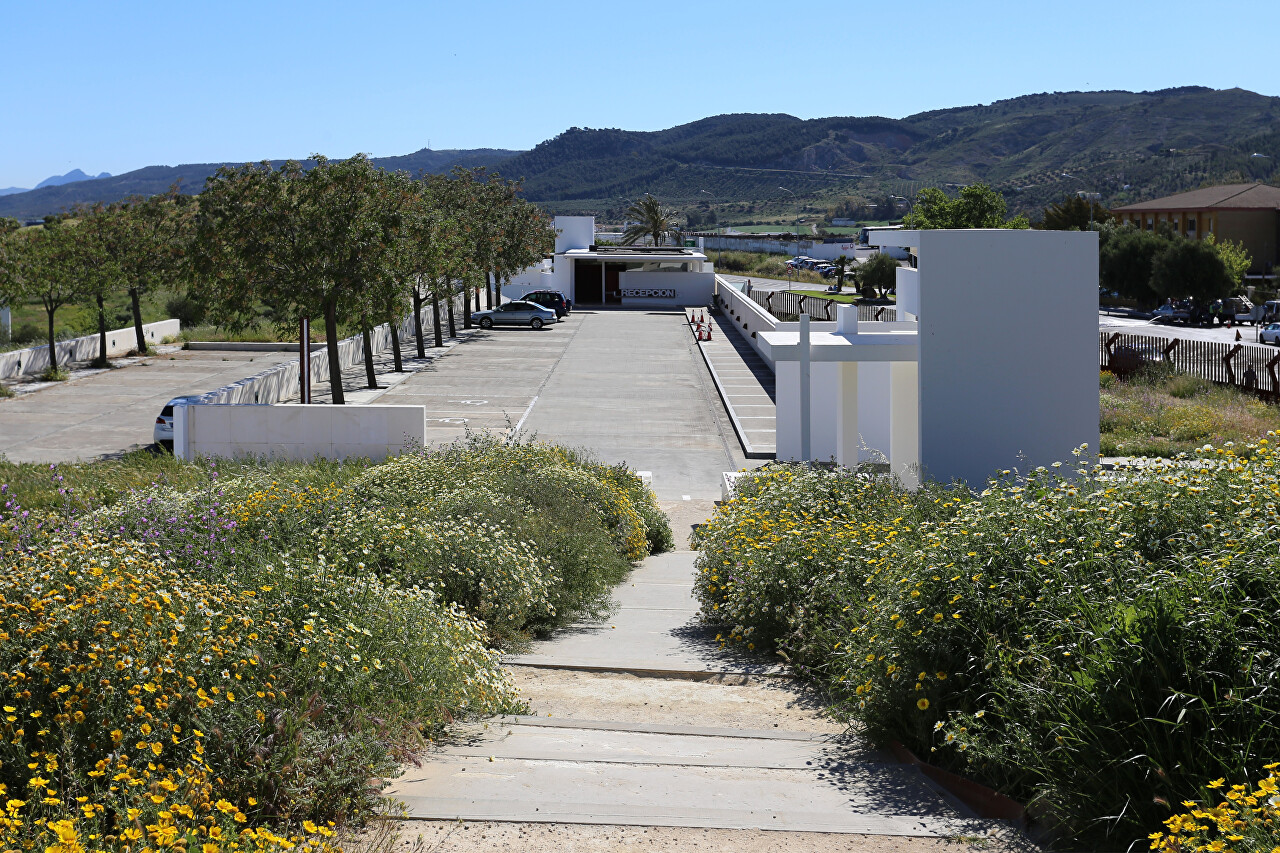
This huge natural formation is covered with medieval legends. Obviously, the people who lived here about four thousand years ago also had a great respect for this rock. The discovery of Hoskin gave the Antequera dolmens the status of a UNESCO World Heritage Site.
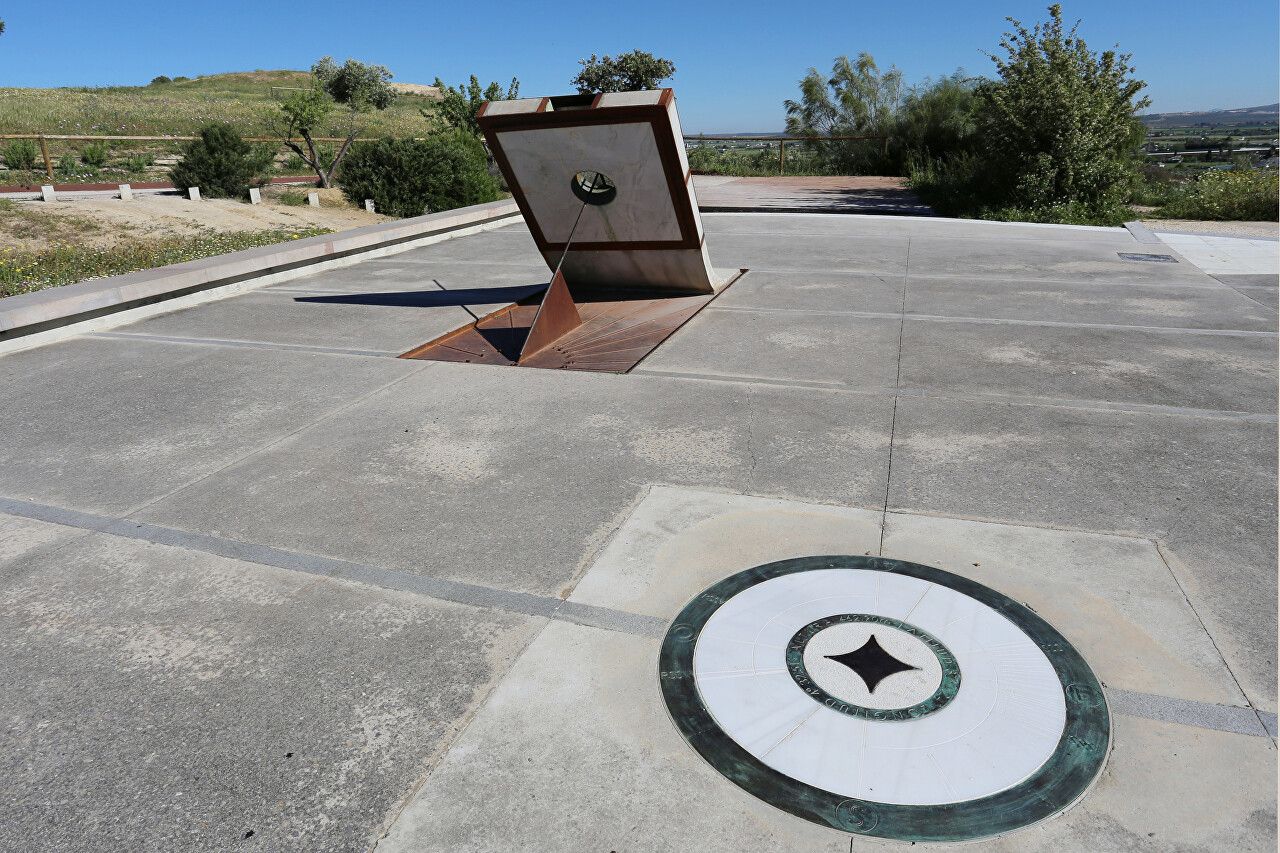
In addition to the sundial and the sign of the months, there is a so-called Rose de Menga on the square, which marks the directions to the most important dolmens of the Iberian Peninsula.
